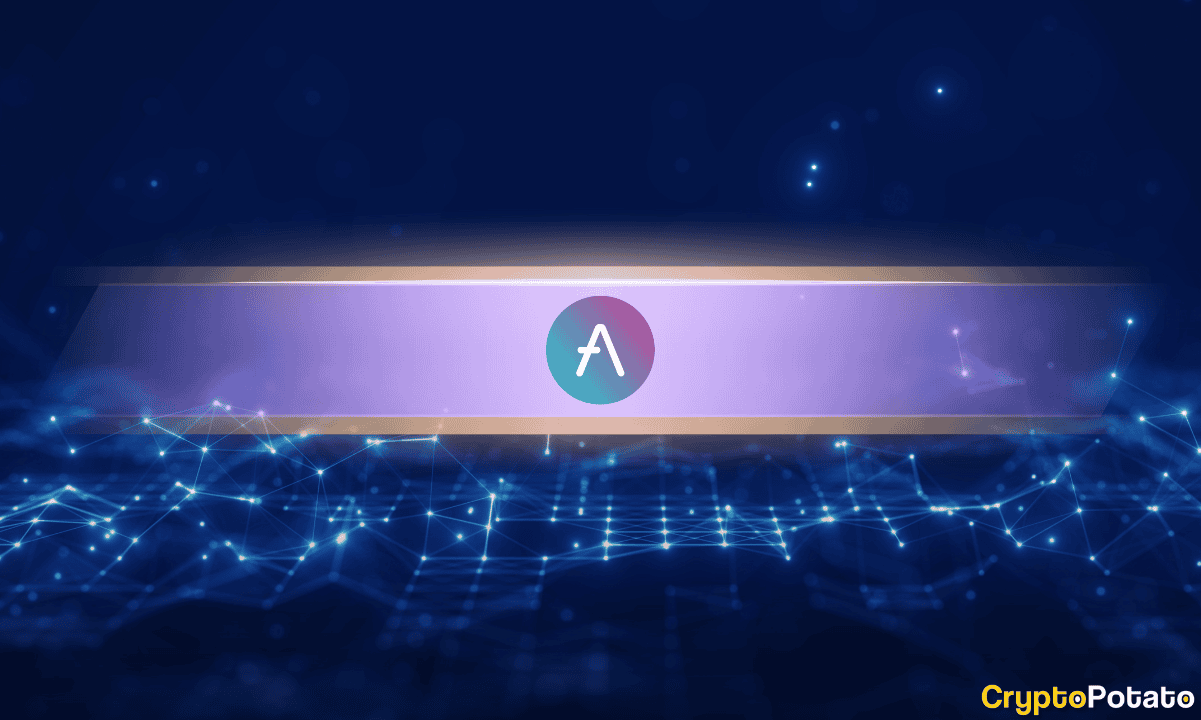

Aave Labs, the team behind the DeFi lending platform Aave, has proposed a slew of major upgrades and expansions two years after introducing its V3.
The suggested improvements include Aave V4, Aave Network, a Cross-Chain Liquidity Layer, non-EVM L1 deployments, and a fresh visual identity.
Aave V4
According to the latest blog post, Aave V4 will be built with a brand-new architecture featuring an efficient and modular design while aiming to minimize disruptions to third-party integrators.
The most important architectural change of the latest iteration is the proposed introduction of a Unified Liquidity Layer, which expands on the Portals concept introduced in Aave V3. This layer enables a fully agnostic, independent, and abstracted infrastructure for liquidity provisioning.
It is also proposed to manage supply/draw caps, interest rates, assets, and incentives while enabling other modules to draw liquidity from it. This would allow the Aave DAO to add or remove borrow modules without the need to migrate liquidity.
The main function of this architecture approach is to facilitate the addition or improvement of borrowing features without overhauling the entire system or the liquidation module while simultaneously addressing the issue of fragmented liquidity present in older versions of the protocol.
Aave’s proposal revealed that the liquidity layer is capable of natively supporting both supplied and natively minted assets, thereby improving integration with GHO and other collateralized protocol-native assets. Aave V4 also proposes fully automated interest rates with adjustable slopes and kink points.
Other Proposed Features
‘Smart Accounts’ is yet another feature that has been proposed for introduction in the V4 iteration in a bid to streamline the user experience by addressing a major issue with Aave V3 – eliminating the need for separate wallets to manage positions when borrowing using eMode or isolated assets. Users will be able to create multiple smart accounts within a single wallet, simplifying interactions with the protocol.
The proposal also features a dynamic configuration mechanism per asset, where users are “hooked” to the current configuration of an asset when they borrow. If a new asset configuration is needed, a new instance is created while existing users remain hooked to the previous configuration.
Meanwhile, the company mentioned that they are collaborating with Chainlink to investigate solutions for fully automating risk management. The concept involves utilizing ad-hoc, on-chain feeds to evaluate asset risk and dynamically adjust risk parameters through control theory or artificial intelligence.
LIMITED OFFER 2024 for CryptoPotato readers at Bybit: Use this link to register and open a $500 BTC-USDT position on Bybit Exchange for free!
The post appeared first on CryptoPotato






